How do nurseries force blooms?
andreark
10 years ago
Related Stories

HOUSEPLANTSHow to Force Amaryllis Bulbs Indoors
Enjoy vibrant red blossoms even as gardens turn snowy white, by teaching this hardy repeat performer to ignore the calendar
Full Story
GROUND COVERSGround Force: 10 Top Ground Covers for Your Garden
Protect your soil from weeds and drought this summer with a living mulch of ground covers
Full Story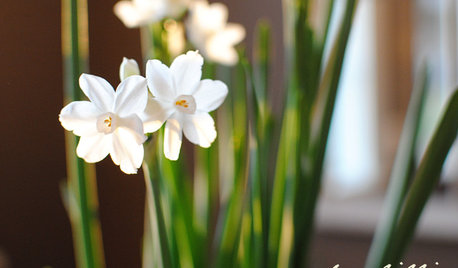
DECORATING GUIDESTreat Yourself to Spring Blooms in Winter
Get a jump on spring with a fragrant pot of paperwhites and other bulbs indoors
Full Story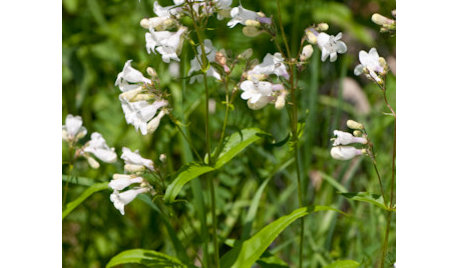
GARDENING GUIDESGreat Design Plant: Try Penstemon Digitalis for Showy White Blooms
Bees gather nectar from this North American native while you’ll appreciate its unthirsty nature and soil tolerance
Full Story
HOUSEPLANTSGet Spring-Like Hyacinth Blooms All Winter Long
Try one of these forcing methods for cheery, colorful flowers to brighten wintry days
Full Story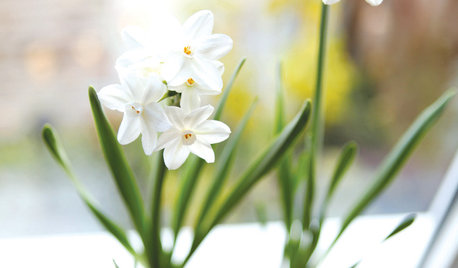
DIY PROJECTSHoliday DIY: Mason Jar Forced Bulbs and Evergreen Gift Tags
Learn how to make these winter projects from the book ‘Garden Made’ by Stephanie Rose
Full Story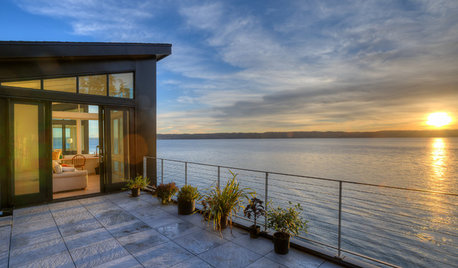
HOUZZ TOURSHouzz Tour: Island Home Works With the Forces of Nature
A shoreline house captures views of Puget Sound while negotiating a difficult site
Full Story
FUN HOUZZThe Force Awakens Under Glass
An Australian terrarium designer places classic ‘Star Wars’ characters in misty miniature landscapes
Full Story
NATIVE PLANTSGreat Native Plant: Grow Wild Quinine for Its Unique Clusters of Blooms
Get connoisseur cred and unique blooms with this uncommon plant. Bonus assets: It’s low maintenance and drought tolerant
Full Story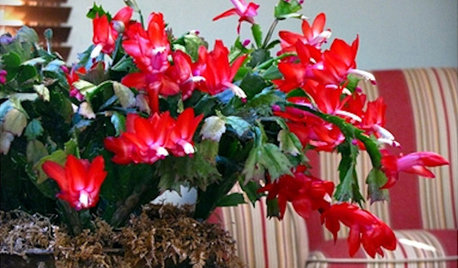
HOUSEPLANTSGreat Houseplant: Holiday-Blooming Cactus
You may know it as Christmas cactus, but whichever holiday floats your boat, this plant is a year-round beauty
Full StoryMore Discussions









hoovb zone 9 sunset 23
Kippy
Related Professionals
Clark Landscape Architects & Landscape Designers · Montgomeryville Landscape Architects & Landscape Designers · Piqua Landscape Architects & Landscape Designers · Beachwood Landscape Contractors · Brunswick Landscape Contractors · Centereach Landscape Contractors · Dinuba Landscape Contractors · Dudley Landscape Contractors · Fishers Landscape Contractors · Huntley Landscape Contractors · Lakeville Landscape Contractors · Middletown Landscape Contractors · Quincy Landscape Contractors · Waterford Landscape Contractors · West Haverstraw Landscape Contractorsnastarana
henry_kuska
roseseek
michaelg
zack_lau z6 CT ARS Consulting Rosarian
bethnorcal9
andrearkOriginal Author
seil zone 6b MI
zack_lau z6 CT ARS Consulting Rosarian
michaelg
andrearkOriginal Author
andrearkOriginal Author
michaelg
zack_lau z6 CT ARS Consulting Rosarian